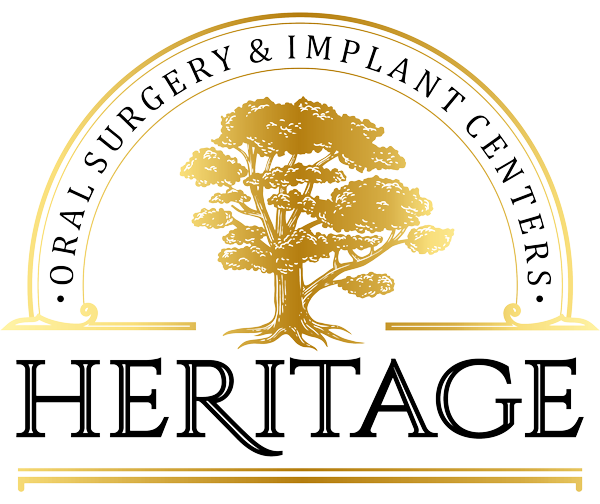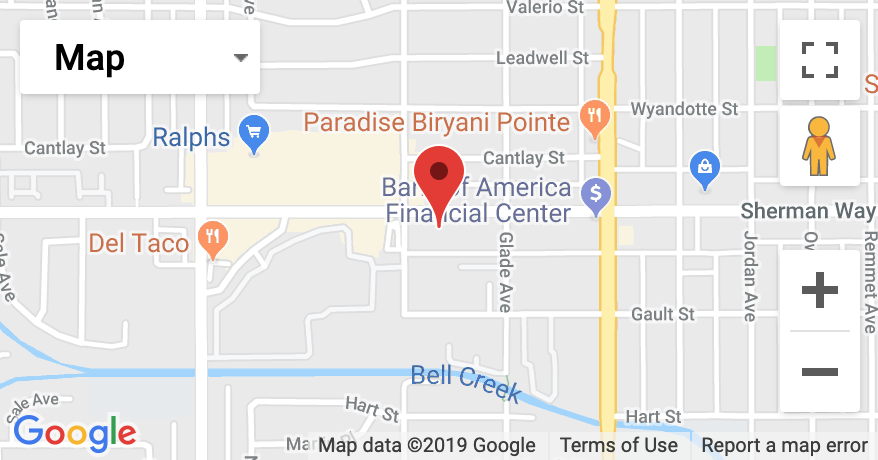Could You Have a Temporomandibular Joint Disorder?
It’s difficult enough to say “temporomandibular joint” without trying to define it. However, this is a just a fancy term that describes the “hinge” connecting your lower jawbone to your skull. You have a temporomandibular joint, or TMJ, on each side of your face. They’re located beneath and slightly forward of your ears. It’s this important joint that allows your mouth to open and close. So, every time you yawn, yodel, bite, or chew, you’re putting your TMJ to good use. Your dentist in Valencia, CA, can give you more information about the importance of a healthy TMJ.
What Happens When Something Goes Wrong With Your TMJ?
If something goes wrong with your TMJ, it’s usually because you have a TMJ disorder, or TMD. TMDs are fairly common, but they can be quite painful. They may be caused by different factors, including:
- Facial trauma
- Bad habits, such as teeth grinding or clenching
- Chronic conditions, such as arthritis
- Disc erosion
Most people who suffer a TMD need treatment from their dental professional to ease pain and restore function.
How Do I Know if I Have a TMD?
The symptoms of TMJ disorder usually include:
- Pain beneath one or both ears
- Tenderness in the jaw
- Pain or discomfort when chewing
- All-over facial pain that’s difficult to pinpoint
- Inability to open or close your mouth
If you suddenly experience one or more of these symptoms, a visit to your dentist is a good idea. TMDs are almost always treatable, allowing complete function to be restored.
How Will My Dentist Treat My TMJ Disorder?
Your dental professional has several options he can discuss with you regarding treatment. Often, this involves prescribing medication such as an anti-inflammatory drug, pain reliever, or muscle relaxer. Physical therapy and occlusal appliances may help, too. Occlusal appliances refer to devices such as oral splints and mouthguards that help to reposition the jaw. In some situations, your dentist may refer you to an oral surgeon for treatment.
If you’ve developed any of the symptoms of TMJ disorder in Valencia, CA, Heritage Oral Surgery and Implant Centers can help. Call today to learn more.







